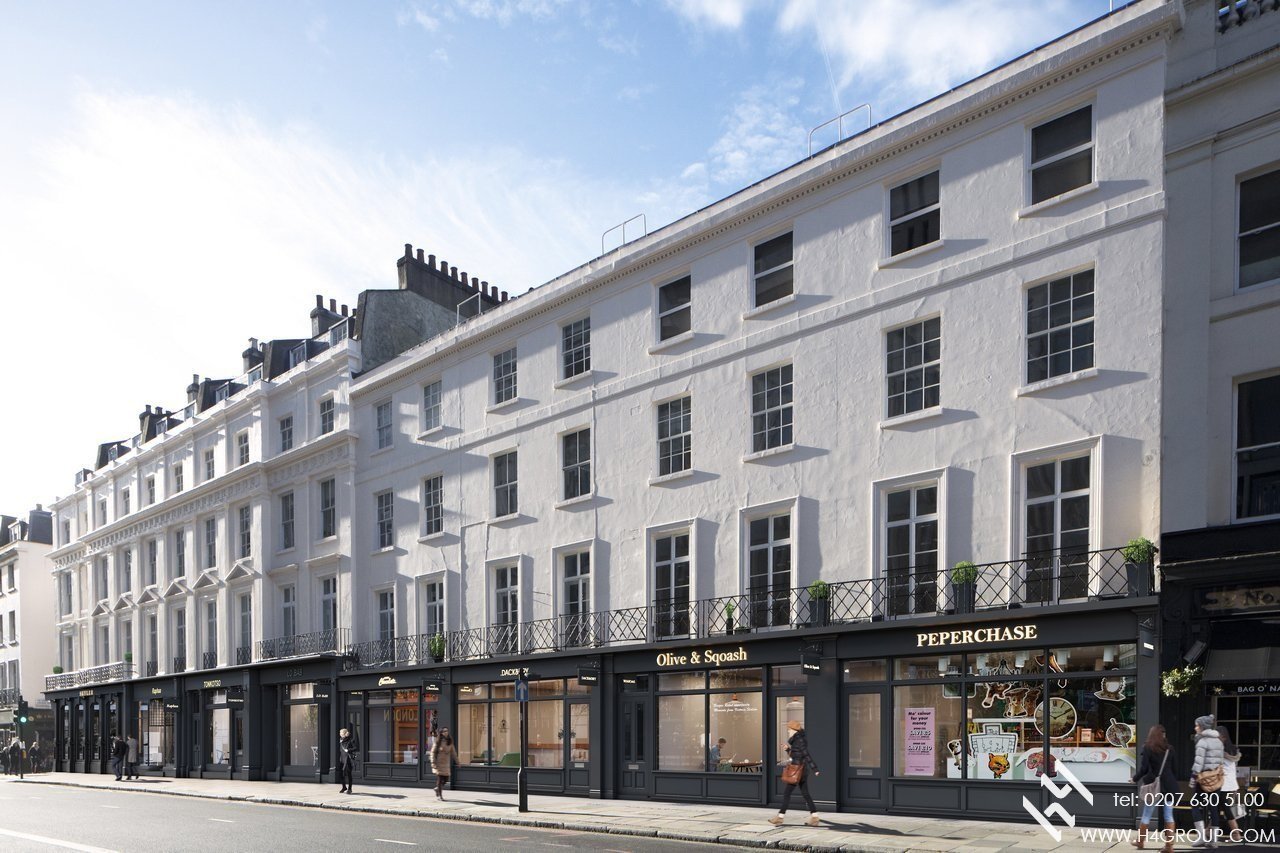
Property CGI Glossary
A guide to terms frequently used in the production of Property and architectural CGIs
3D model
Definition: A digital representation of a property or its components created using 3D modelling software, offering high precision and accuracy.
Context: In property CGI, 3D models simulate buildings, interiors, landscapes, and other elements of a property, providing a detailed and accurate visualisation that can be explored and modified before construction or sale.
Composition
Definition: The process of selecting and arranging a viewpoint or camera angle using a 3D model of a property to create the most visually appealing and realistic representation.
Context: In property CGI, composition involves choosing the best perspectives and organising elements within the 3D space of a property to highlight its features, ensure visual balance, and create an attractive, marketable image or animation
Drop-in view
Definition: A pre-visualised perspective or camera angle inserted into a 3D scene to showcase a specific viewpoint.
Context: In property CGI, drop-in views are used to quickly visualise how a property will look from different angles. This helps in planning and refining the visual composition, ensuring that critical features of the property are highlighted and presented effectively in marketing materials or presentations.
Final render
Definition: The completed, high-resolution version of a 3D scene or model, fully processed with all details, lighting, and effects.
Context: In property CGI, the final render is the polished image that showcases the property in its most realistic and detailed form. This version is used for marketing, presentations, and client approvals, ensuring the property is depicted accurately and attractively.
Format
Definition: The specification of the digital image or video output, encompassing file format, resolution (measured in pixels), and compression quality. These parameters determine the final CGI deliverable's visual fidelity and file size.
Context: Output specifications vary based on the intended use:
Digital/Web Use:
- JPG/PNG formats for still images (72-150 DPI)
- MP4/MOV with H.264 compression for animations
- Typical resolutions: 1920x1080px (Full HD) to 3840x2160px (4K)
- File sizes optimised for quick loading while maintaining quality
Print Marketing:
- TIFF/PSD formats for maximum quality
- 300+ DPI for brochures, magazines, and sales materials
- CMYK colour space for accurate printing
- Large format printing may require custom resolution calculations (e.g., 6m hoarding at 100 DPI)
Archival/Master Files:
- Uncompressed or lossless formats (EXR, TIFF)
- Maximum resolution renders for future-proofing
- RGB colour space preserved
- Accompanied by render layers for post-production flexibility
The final output specifications should be determined early in the project based on:
1. Display medium (digital screens, print materials, large format)
2. Viewing distance (closer views require higher resolution)
3. Distribution method (web, email, physical media)
4. Storage/bandwidth constraints
5. Client's technical requirements and brand standards
Grey model
Definition: A basic, monochromatic 3D model with very little detail used to test the mass, position, and composition of a project.
Context: The grey model, a crucial starting point in 3D design projects, plays a pivotal role in selecting the correct view angle. Once this is determined, the model is advanced, incorporating the necessary complexity and detail. Transitioning from the grey model to a detailed one is critical in expediting the workflow and reducing abortive costs, underscoring its importance in the 3D design process.
Iterations or changes
Definition: Modifications made to achieve the desired results in a project.
Context: These changes can be technical corrections, general enhancements, or subjective 'friendly to haves' that may or may not improve the image. Balancing these changes is crucial for the final output of property CGIs.
Photo Montage
Definition: A composite image that combines multiple photographs or elements to create a single cohesive visual.
Context: In property CGI, a photo montage involves integrating 3D-rendered elements with actual site photographs or surroundings. This technique visualises how a proposed property will look within its real-world environment, ensuring a realistic and convincing representation.
Photo realistic
Definition: An image or animation that is highly detailed and indistinguishable from an actual photograph.
Context: In property CGI, photo-realistic rendering aims to create visuals of properties that look as realistic as possible. This involves meticulous attention to details such as textures, lighting, shadows, and reflections, ensuring that the rendered images accurately represent the actual property's materials, finishes, and overall appearance. Photo-realistic renders are often used for marketing, client presentations, and architectural visualisations to provide a compelling and lifelike representation of the property.
Photo shop
Definition: Photoshop is a photo editing tool used to enhance images.
Context: While most property CGIs are modelled in 3D, Photoshop is used post-render to edit the surrounding scene, such as adjusting the sky or cleaning graffiti, enhancing the overall image.
Pre render
Definition: The process of generating a preliminary version of a 3D scene or model at a lower resolution or with simplified details.
Context: In property CGI, pre-rendering creates an initial preview of a property visualisation. This allows designers and stakeholders to review and adjust the scene, lighting, and other elements before committing to producing the final high-resolution render.
Render
Definition: The process of generating a photorealistic or non-photorealistic image from a 3D model using computer software.
Context: In architectural visualizations, rendering creates lifelike images of buildings and interiors before they are built, helping clients visualize the outcome.
Verified view Or Accurate Visual Representation ( AVR)
Definition: A precise visual representation accurately depicting a proposed property within its actual environment, ensuring correct scale and proportions.
Context: In property CGI, a verified view shows how a new development will appear in its context. This technique involves integrating 3D models of the property with photographs or data from the actual site, ensuring that the visualisation is accurate to scale and compliant with planning regulations. Verified views are often used in planning applications and presentations to stakeholders.
VR tour
Definition: An immersive and interactive experience that allows users to explore a property or environment in virtual reality.
Context: In property CGI, a VR tour provides a realistic and engaging way for potential buyers or clients to experience a property before it is built or renovated. Users can navigate through different rooms or explore outdoor spaces. VR tours offer a compelling way to showcase properties, giving viewers a sense of scale, layout, and ambience as if they were physically present, enhancing the marketing and sales process.














